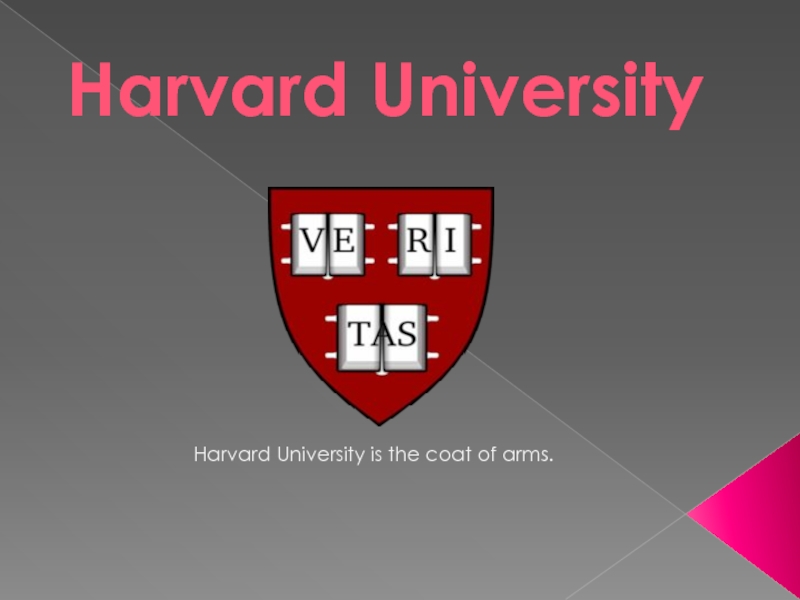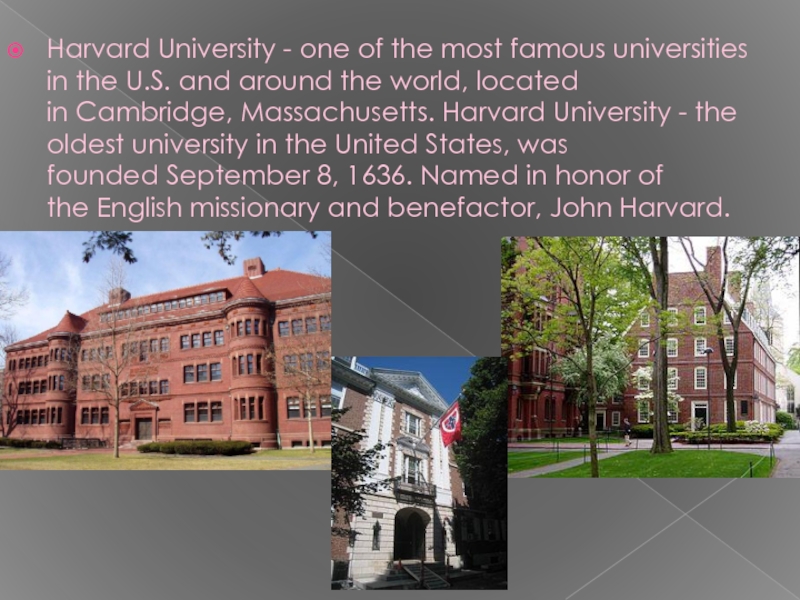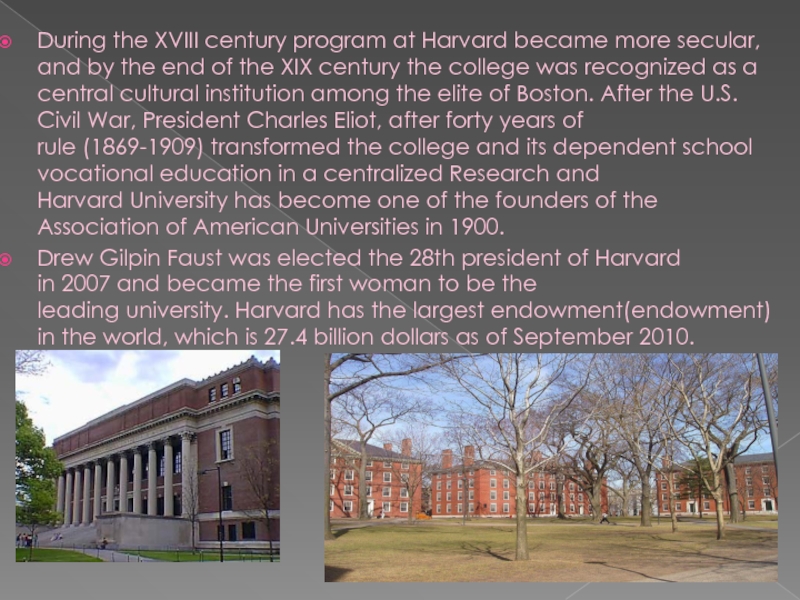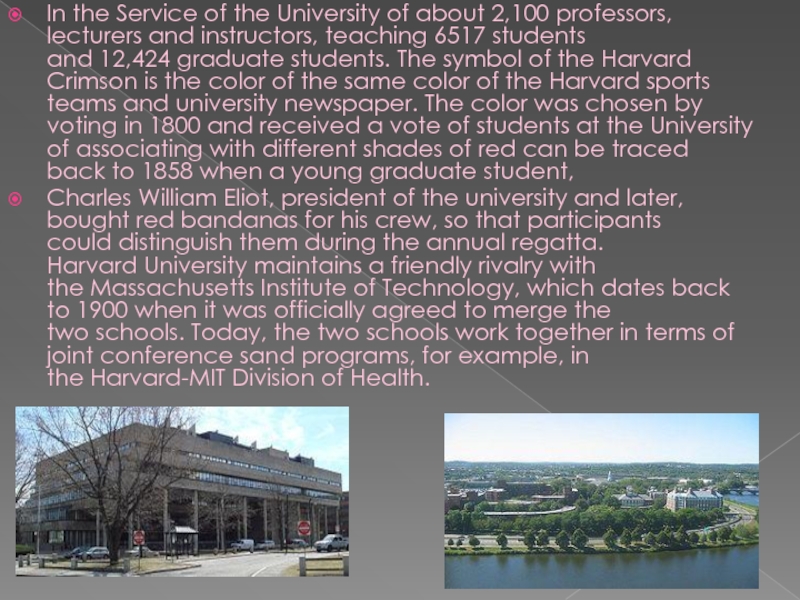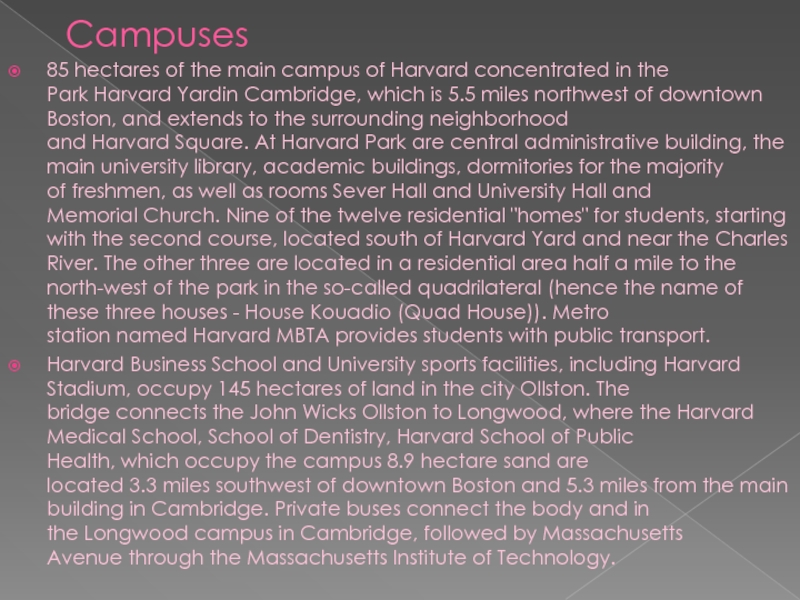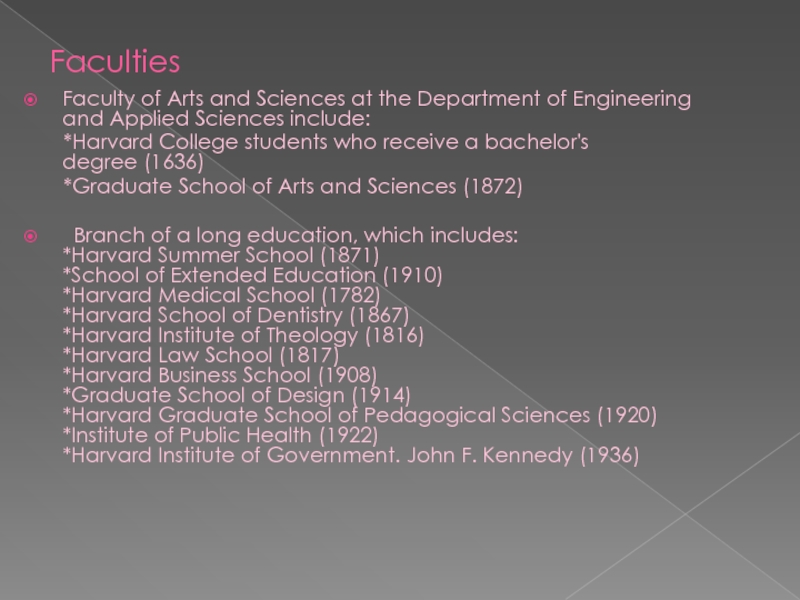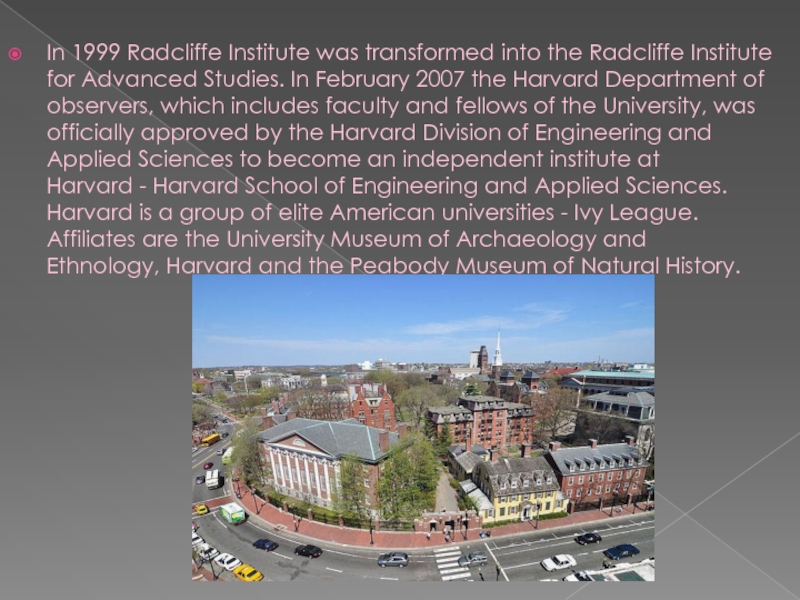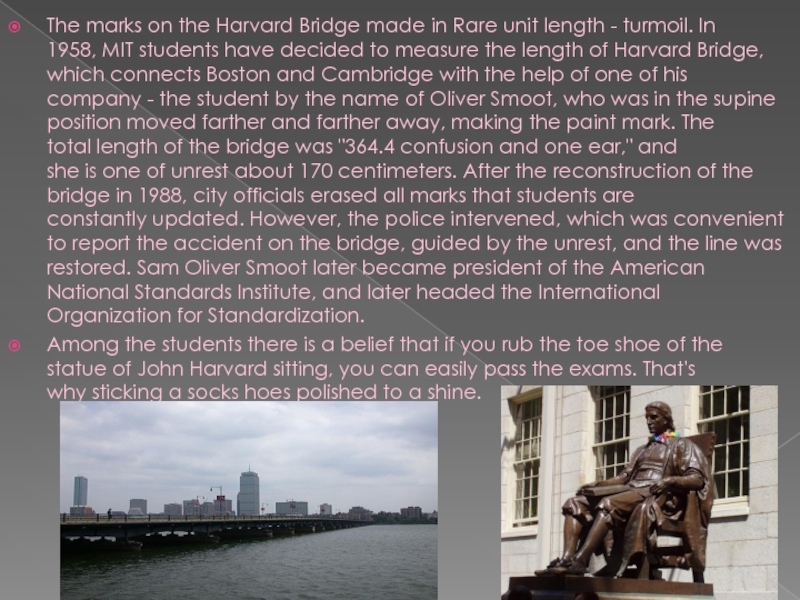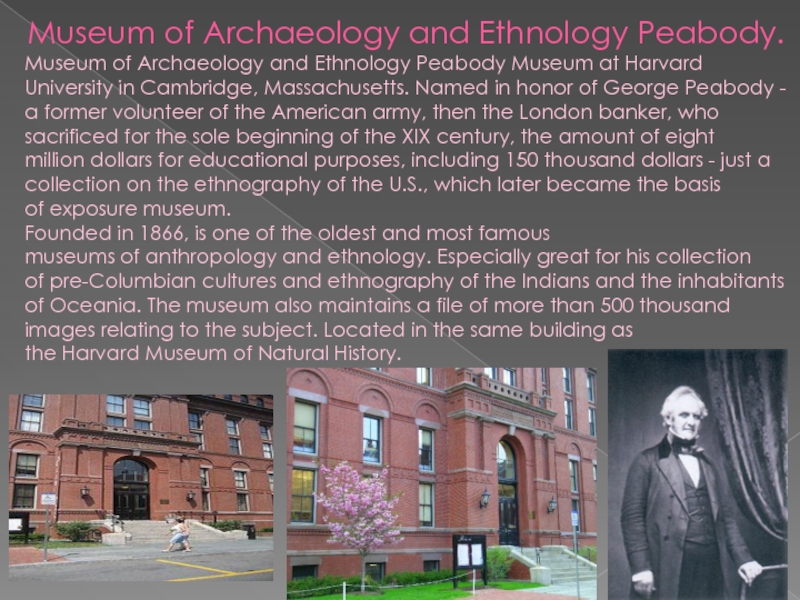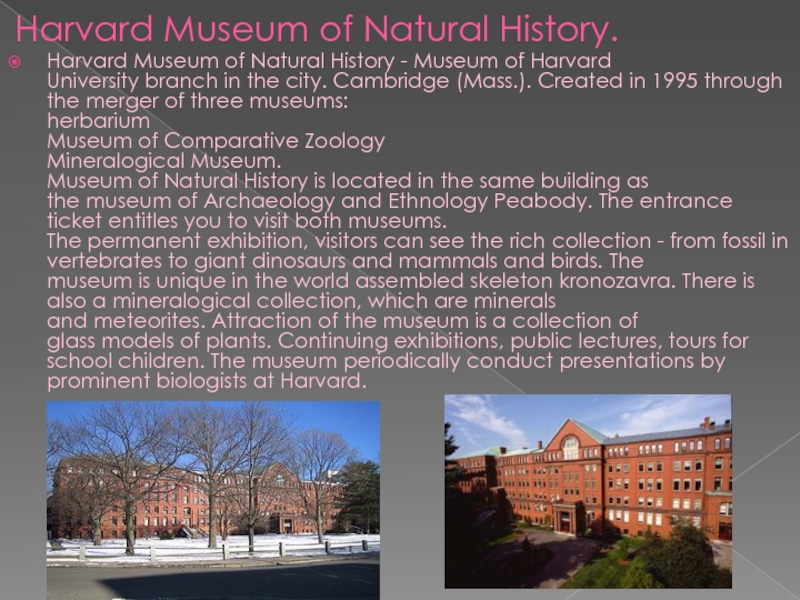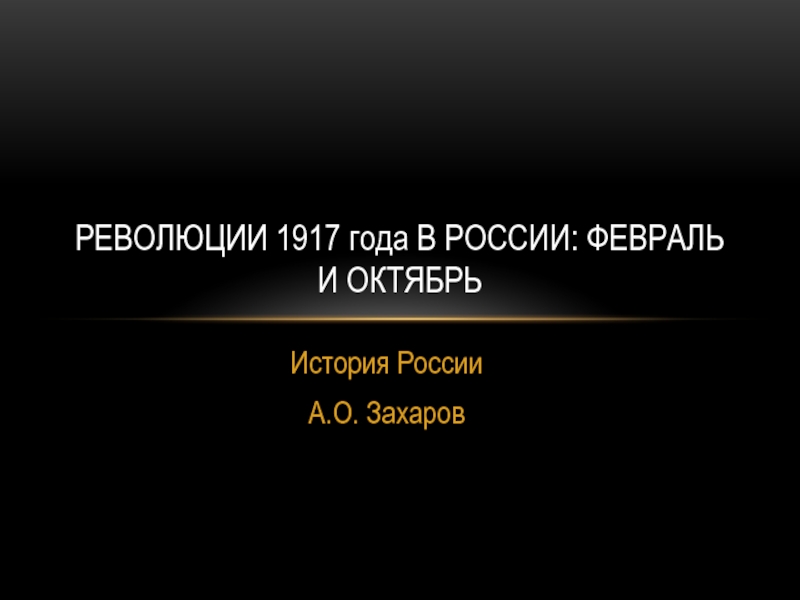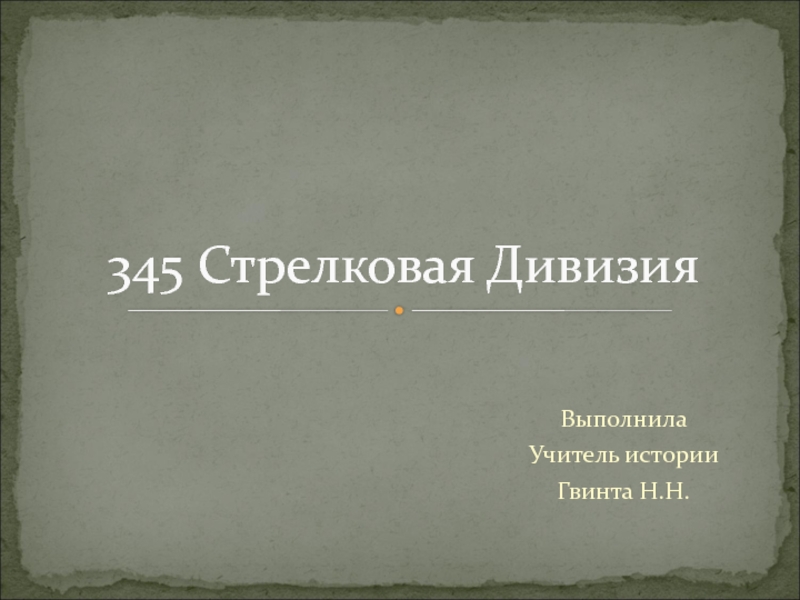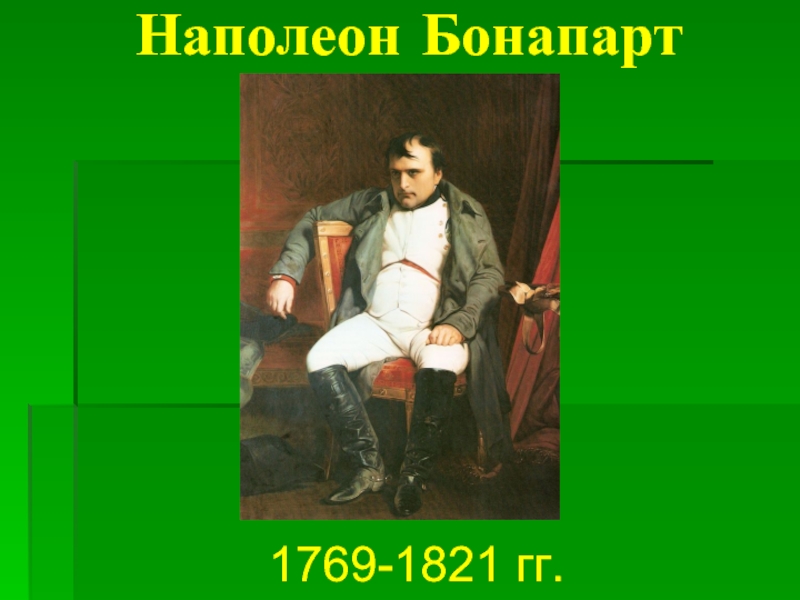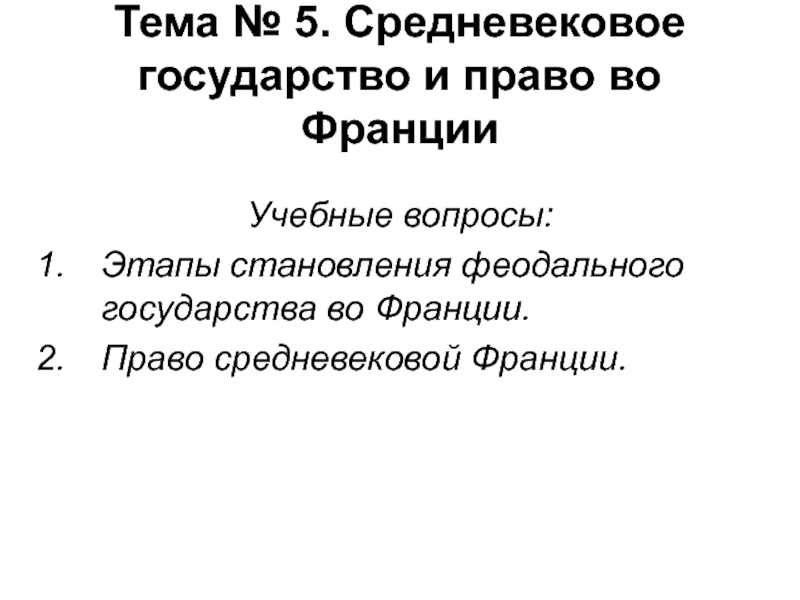- Главная
- Разное
- Дизайн
- Бизнес и предпринимательство
- Аналитика
- Образование
- Развлечения
- Красота и здоровье
- Финансы
- Государство
- Путешествия
- Спорт
- Недвижимость
- Армия
- Графика
- Культурология
- Еда и кулинария
- Лингвистика
- Английский язык
- Астрономия
- Алгебра
- Биология
- География
- Детские презентации
- Информатика
- История
- Литература
- Маркетинг
- Математика
- Медицина
- Менеджмент
- Музыка
- МХК
- Немецкий язык
- ОБЖ
- Обществознание
- Окружающий мир
- Педагогика
- Русский язык
- Технология
- Физика
- Философия
- Химия
- Шаблоны, картинки для презентаций
- Экология
- Экономика
- Юриспруденция
Harvard University презентация
Содержание
- 1. Harvard University
- 2. Harvard University - one of the most famous universities in
- 3. During the XVIII century program at Harvard became more secular, and by the
- 5. As of 2010 at Harvard, has about 2100 teachers and has about 6700 students and14,500 graduate
- 6. In the Service of the University of about 2,100 professors,
- 7. Campuses 85 hectares of the main campus of Harvard concentrated in the
- 8. The system of "houses" Almost all students at
- 9. Faculties Faculty of Arts and Sciences at the Department of Engineering
- 10. In 1999 Radcliffe Institute was transformed into the Radcliffe Institute for Advanced Studies. In
- 11. Interesting Facts Bells of the belfry of Harvard University had
- 12. The marks on the Harvard Bridge made in Rare unit length - turmoil. In 1958, MIT
- 13. Museum of Archaeology and Ethnology Peabody. Museum of Archaeology
- 14. Harvard Museum of Natural History. Harvard Museum of Natural History - Museum of
Слайд 2Harvard University - one of the most famous universities in the U.S. and around the
world, located in Cambridge, Massachusetts. Harvard University - the oldest university in the United States, was founded September 8, 1636. Named in honor of the English missionary and benefactor, John Harvard.
Слайд 3During the XVIII century program at Harvard became more secular, and by the end of the XIX century the
college was recognized as a central cultural institution among the elite of Boston. After the U.S. Civil War, President Charles Eliot, after forty years of rule (1869-1909) transformed the college and its dependent school vocational education in a centralized Research and Harvard University has become one of the founders of the Association of American Universities in 1900.
Drew Gilpin Faust was elected the 28th president of Harvard in 2007 and became the first woman to be the leading university. Harvard has the largest endowment(endowment) in the world, which is 27.4 billion dollars as of September 2010.
Drew Gilpin Faust was elected the 28th president of Harvard in 2007 and became the first woman to be the leading university. Harvard has the largest endowment(endowment) in the world, which is 27.4 billion dollars as of September 2010.
Слайд 4
The University includes 11 separate academic departments - 10 departments and the Radcliffe Institute for Advanced Studies - with campuses around Boston, 85 ha of the main
body of the university is located in the Park Harvard Yard in Cambridge, about 5.5 km north-west of Boston. Business schools and sports facilities, including Harvard Stadium, located on the Charles River Ollstone, and medical and dental facilities are located in the Faculty of Longwood.
Слайд 5As of 2010 at Harvard, has about 2100 teachers and has about 6700 students and14,500 graduate students. Harvard University finished eight U.S. presidents, 75Nobel
laureates have been associated with the university as students, faculty or staff. Harvard University ranked first in the country by the number of billionaires among the graduates, and its library - the largest academic in the U.S. and third largest in the country.
Слайд 6In the Service of the University of about 2,100 professors, lecturers and instructors, teaching 6517 students and 12,424 graduate
students. The symbol of the Harvard Crimson is the color of the same color of the Harvard sports teams and university newspaper. The color was chosen by voting in 1800 and received a vote of students at the University of associating with different shades of red can be traced back to 1858 when a young graduate student,
Charles William Eliot, president of the university and later, bought red bandanas for his crew, so that participants could distinguish them during the annual regatta. Harvard University maintains a friendly rivalry with the Massachusetts Institute of Technology, which dates back to 1900 when it was officially agreed to merge the two schools. Today, the two schools work together in terms of joint conference sand programs, for example, in the Harvard-MIT Division of Health.
Charles William Eliot, president of the university and later, bought red bandanas for his crew, so that participants could distinguish them during the annual regatta. Harvard University maintains a friendly rivalry with the Massachusetts Institute of Technology, which dates back to 1900 when it was officially agreed to merge the two schools. Today, the two schools work together in terms of joint conference sand programs, for example, in the Harvard-MIT Division of Health.
Слайд 7Campuses
85 hectares of the main campus of Harvard concentrated in the Park Harvard Yardin Cambridge, which is 5.5 miles northwest
of downtown Boston, and extends to the surrounding neighborhood and Harvard Square. At Harvard Park are central administrative building, the main university library, academic buildings, dormitories for the majority of freshmen, as well as rooms Sever Hall and University Hall and Memorial Church. Nine of the twelve residential "homes" for students, starting with the second course, located south of Harvard Yard and near the Charles River. The other three are located in a residential area half a mile to the north-west of the park in the so-called quadrilateral (hence the name of these three houses - House Kouadio (Quad House)). Metro station named Harvard MBTA provides students with public transport.
Harvard Business School and University sports facilities, including Harvard Stadium, occupy 145 hectares of land in the city Ollston. The bridge connects the John Wicks Ollston to Longwood, where the Harvard Medical School, School of Dentistry, Harvard School of Public Health, which occupy the campus 8.9 hectare sand are located 3.3 miles southwest of downtown Boston and 5.3 miles from the main building in Cambridge. Private buses connect the body and in the Longwood campus in Cambridge, followed by Massachusetts Avenue through the Massachusetts Institute of Technology.
Harvard Business School and University sports facilities, including Harvard Stadium, occupy 145 hectares of land in the city Ollston. The bridge connects the John Wicks Ollston to Longwood, where the Harvard Medical School, School of Dentistry, Harvard School of Public Health, which occupy the campus 8.9 hectare sand are located 3.3 miles southwest of downtown Boston and 5.3 miles from the main building in Cambridge. Private buses connect the body and in the Longwood campus in Cambridge, followed by Massachusetts Avenue through the Massachusetts Institute of Technology.
Слайд 8The system of "houses"
Almost all students at Harvard University and the first year of
college living in the dorms on campus, in or near Park Harvard Yard. Students who have good grades or other achievements, live in the so-called "homes" which are both a place of residence and the administrative unit of the University to help students adapt to the social environment of the institution. Hostels and homes - different structures of the University, which should not be confused.
Such a system was set up residence at Harvard president Abbott Lawrence Lowell in 1930 to deal with addictions and social stratification among students outside the campus. Lowell has decided to provide the student living area throughout the study at the university. The houses had been dining, and so-called "living room", which was an older student, a leading academic and disciplinary status of the house
Such a system was set up residence at Harvard president Abbott Lawrence Lowell in 1930 to deal with addictions and social stratification among students outside the campus. Lowell has decided to provide the student living area throughout the study at the university. The houses had been dining, and so-called "living room", which was an older student, a leading academic and disciplinary status of the house
Слайд 9Faculties
Faculty of Arts and Sciences at the Department of Engineering and Applied Sciences include:
*Harvard College students who receive a bachelor's degree (1636)
*Graduate School of Arts and Sciences (1872)
Branch of a long education, which includes: *Harvard Summer School (1871) *School of Extended Education (1910) *Harvard Medical School (1782) *Harvard School of Dentistry (1867) *Harvard Institute of Theology (1816) *Harvard Law School (1817) *Harvard Business School (1908) *Graduate School of Design (1914) *Harvard Graduate School of Pedagogical Sciences (1920) *Institute of Public Health (1922) *Harvard Institute of Government. John F. Kennedy (1936)
*Graduate School of Arts and Sciences (1872)
Branch of a long education, which includes: *Harvard Summer School (1871) *School of Extended Education (1910) *Harvard Medical School (1782) *Harvard School of Dentistry (1867) *Harvard Institute of Theology (1816) *Harvard Law School (1817) *Harvard Business School (1908) *Graduate School of Design (1914) *Harvard Graduate School of Pedagogical Sciences (1920) *Institute of Public Health (1922) *Harvard Institute of Government. John F. Kennedy (1936)
Слайд 10In 1999 Radcliffe Institute was transformed into the Radcliffe Institute for Advanced Studies. In February 2007 the Harvard Department of observers, which includes
faculty and fellows of the University, was officially approved by the Harvard Division of Engineering and Applied Sciences to become an independent institute at Harvard - Harvard School of Engineering and Applied Sciences.
Harvard is a group of elite American universities - Ivy League.
Affiliates are the University Museum of Archaeology and Ethnology, Harvard and the Peabody Museum of Natural History.
Слайд 11Interesting Facts
Bells of the belfry of Harvard University had previously been in the St. Daniel Monastery and
were sold by the Soviet government at a price of bronze in 1930. In2007 the bells were returned to the monastery, in exchange for replicas cast in Voronezh.
The park is a statue of Harvard Yard seated John Harvard, made by sculptor Daniel Frenchem. A sign under the statue reads: "John Harvard, founder, 1638."University students call this sculpture "Statue of a triple lie." In fact, sitting in a man -not John Harvard, a university student Herman Shore, who was chosen at random, and became a model for the sculptor, John Harvard was not the founder of the University, and the only contributor, donating to it his library and half of the state, the university was based on two years before that date - in 1636.
The park is a statue of Harvard Yard seated John Harvard, made by sculptor Daniel Frenchem. A sign under the statue reads: "John Harvard, founder, 1638."University students call this sculpture "Statue of a triple lie." In fact, sitting in a man -not John Harvard, a university student Herman Shore, who was chosen at random, and became a model for the sculptor, John Harvard was not the founder of the University, and the only contributor, donating to it his library and half of the state, the university was based on two years before that date - in 1636.
Слайд 12The marks on the Harvard Bridge made in Rare unit length - turmoil. In 1958, MIT students have decided to measure the
length of Harvard Bridge, which connects Boston and Cambridge with the help of one of his company - the student by the name of Oliver Smoot, who was in the supine position moved farther and farther away, making the paint mark. The total length of the bridge was "364.4 confusion and one ear," and she is one of unrest about 170 centimeters. After the reconstruction of the bridge in 1988, city officials erased all marks that students are constantly updated. However, the police intervened, which was convenient to report the accident on the bridge, guided by the unrest, and the line was restored. Sam Oliver Smoot later became president of the American National Standards Institute, and later headed the International Organization for Standardization.
Among the students there is a belief that if you rub the toe shoe of the statue of John Harvard sitting, you can easily pass the exams. That's why sticking a socks hoes polished to a shine.
Among the students there is a belief that if you rub the toe shoe of the statue of John Harvard sitting, you can easily pass the exams. That's why sticking a socks hoes polished to a shine.
Слайд 13Museum of Archaeology and Ethnology Peabody.
Museum of Archaeology and Ethnology Peabody Museum at Harvard University in Cambridge, Massachusetts. Named in
honor of George Peabody - a former volunteer of the American army, then the London banker, who sacrificed for the sole beginning of the XIX century, the amount of eight million dollars for educational purposes, including 150 thousand dollars - just a collection on the ethnography of the U.S., which later became the basis of exposure museum.
Founded in 1866, is one of the oldest and most famous museums of anthropology and ethnology. Especially great for his collection of pre-Columbian cultures and ethnography of the Indians and the inhabitants of Oceania. The museum also maintains a file of more than 500 thousand images relating to the subject. Located in the same building as the Harvard Museum of Natural History.
Слайд 14Harvard Museum of Natural History.
Harvard Museum of Natural History - Museum of Harvard University branch in the city. Cambridge (Mass.). Created
in 1995 through the merger of three museums:
herbarium
Museum of Comparative Zoology
Mineralogical Museum.
Museum of Natural History is located in the same building as the museum of Archaeology and Ethnology Peabody. The entrance ticket entitles you to visit both museums.
The permanent exhibition, visitors can see the rich collection - from fossil in vertebrates to giant dinosaurs and mammals and birds. The museum is unique in the world assembled skeleton kronozavra. There is also a mineralogical collection, which are minerals and meteorites. Attraction of the museum is a collection of glass models of plants. Continuing exhibitions, public lectures, tours for school children. The museum periodically conduct presentations by prominent biologists at Harvard.
